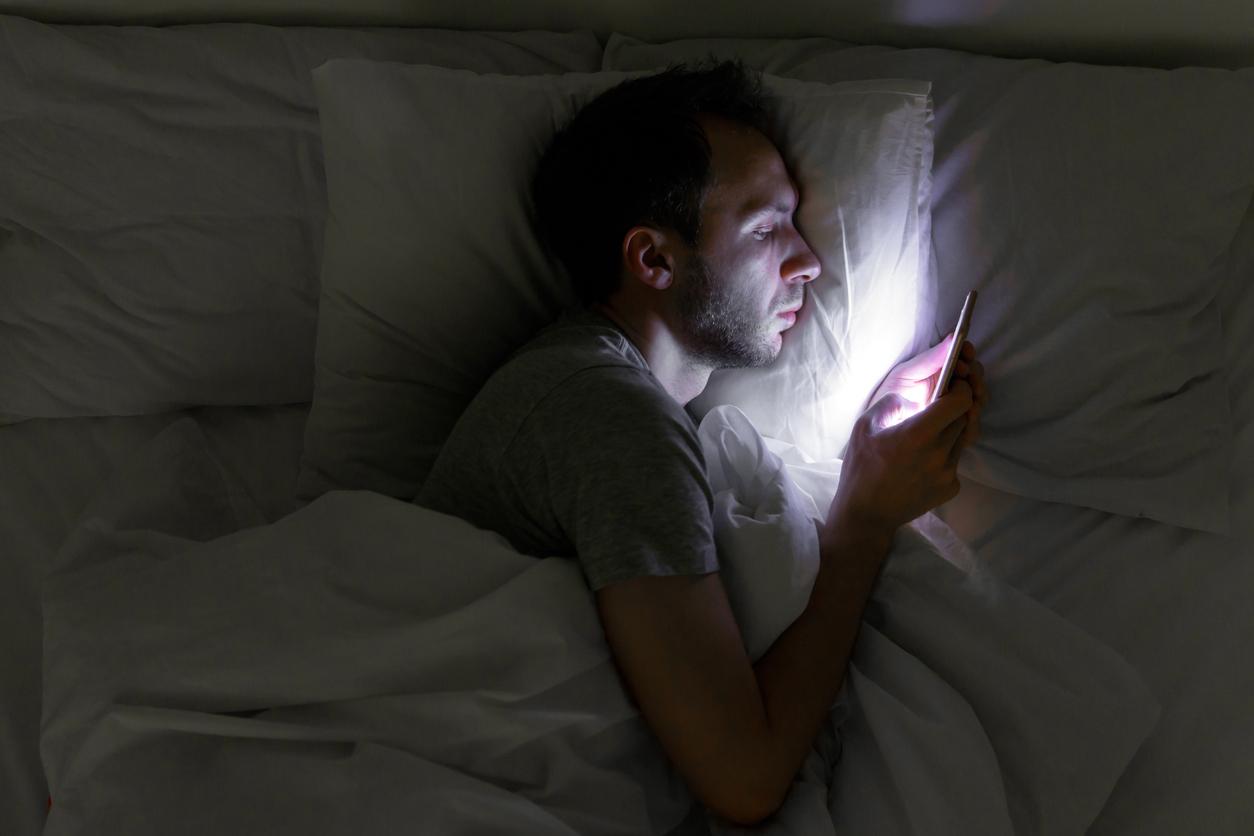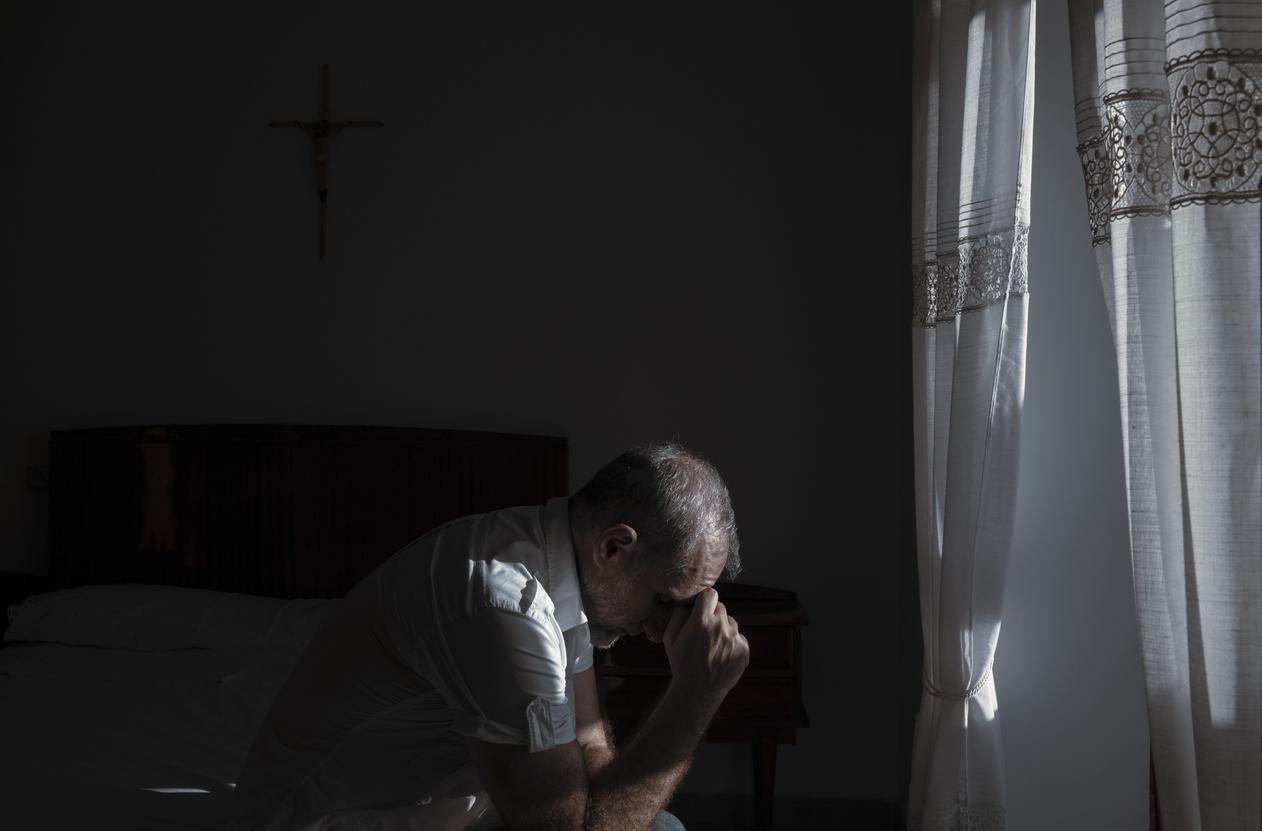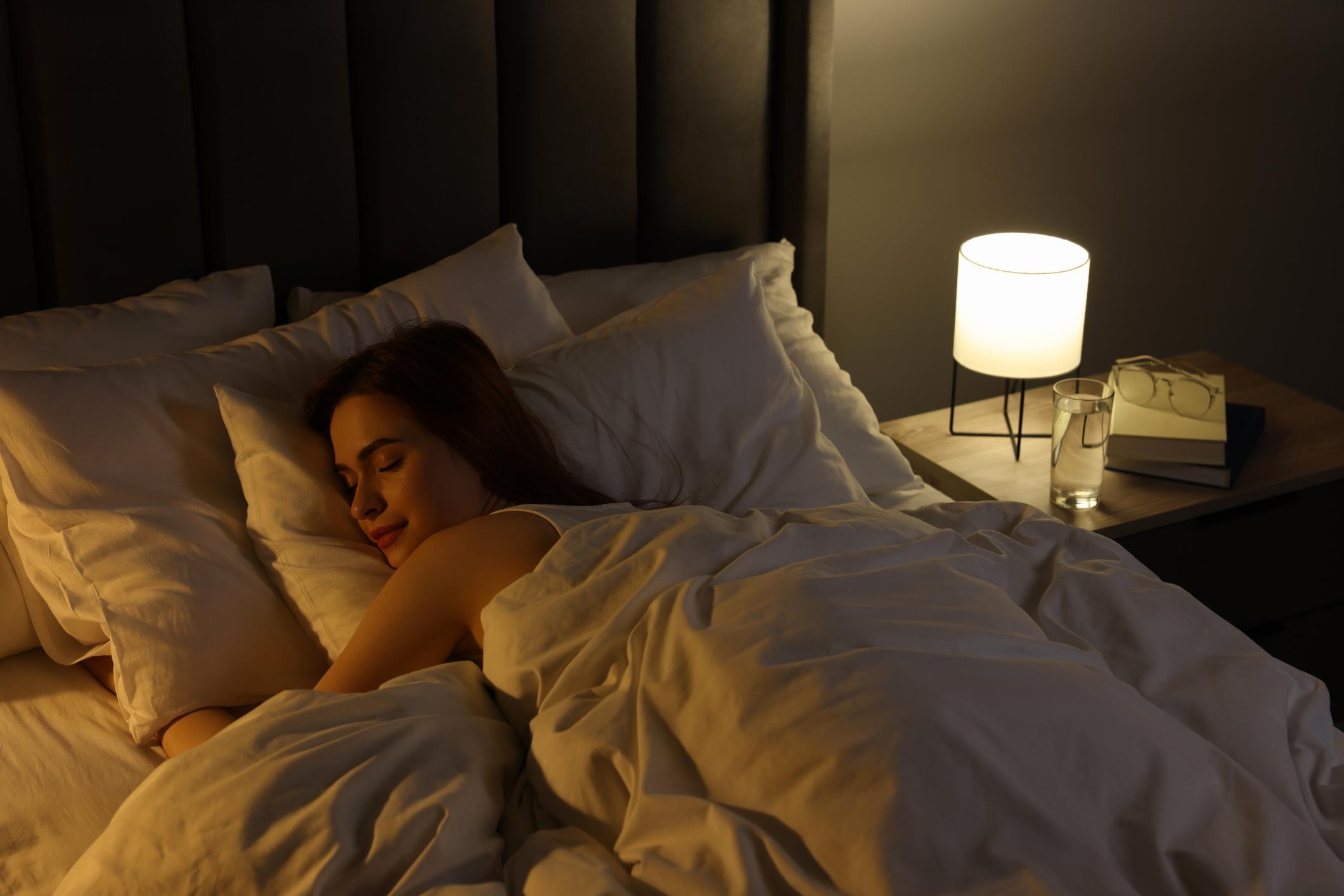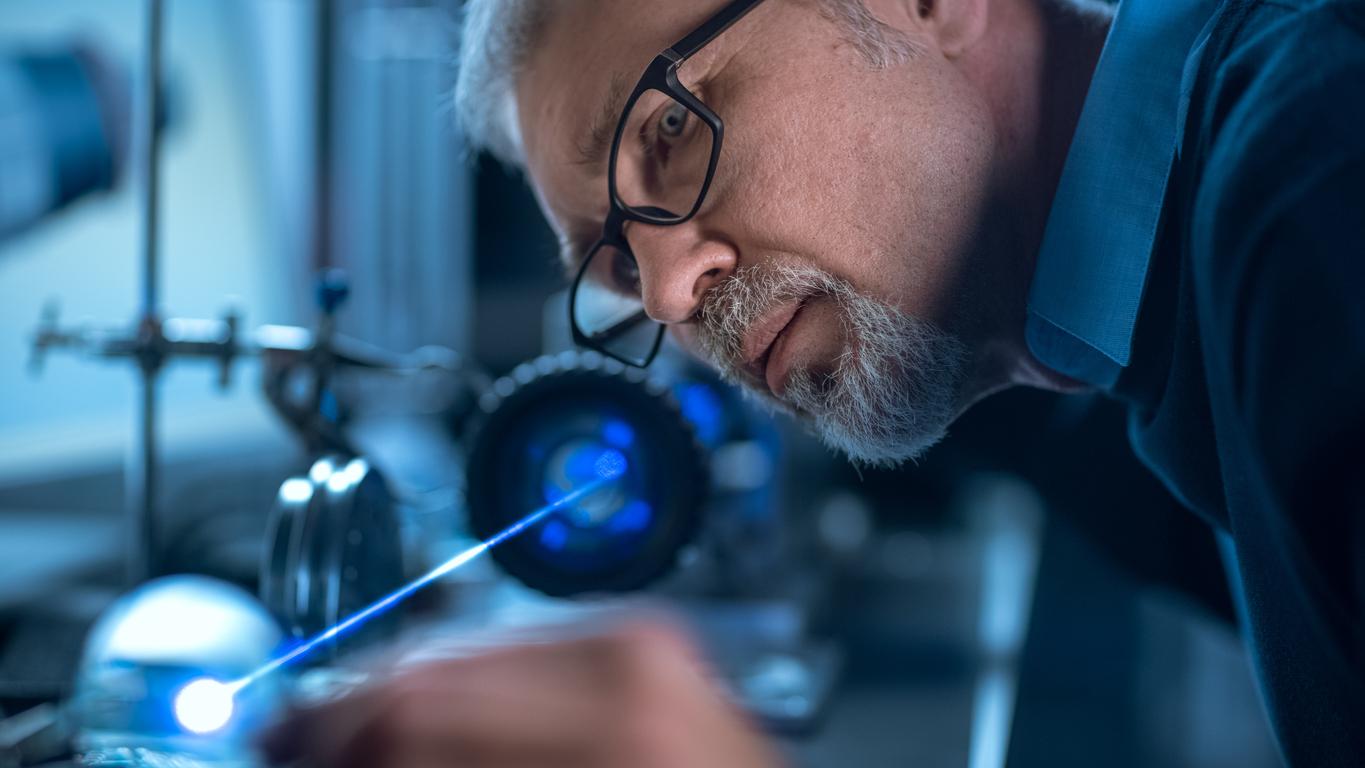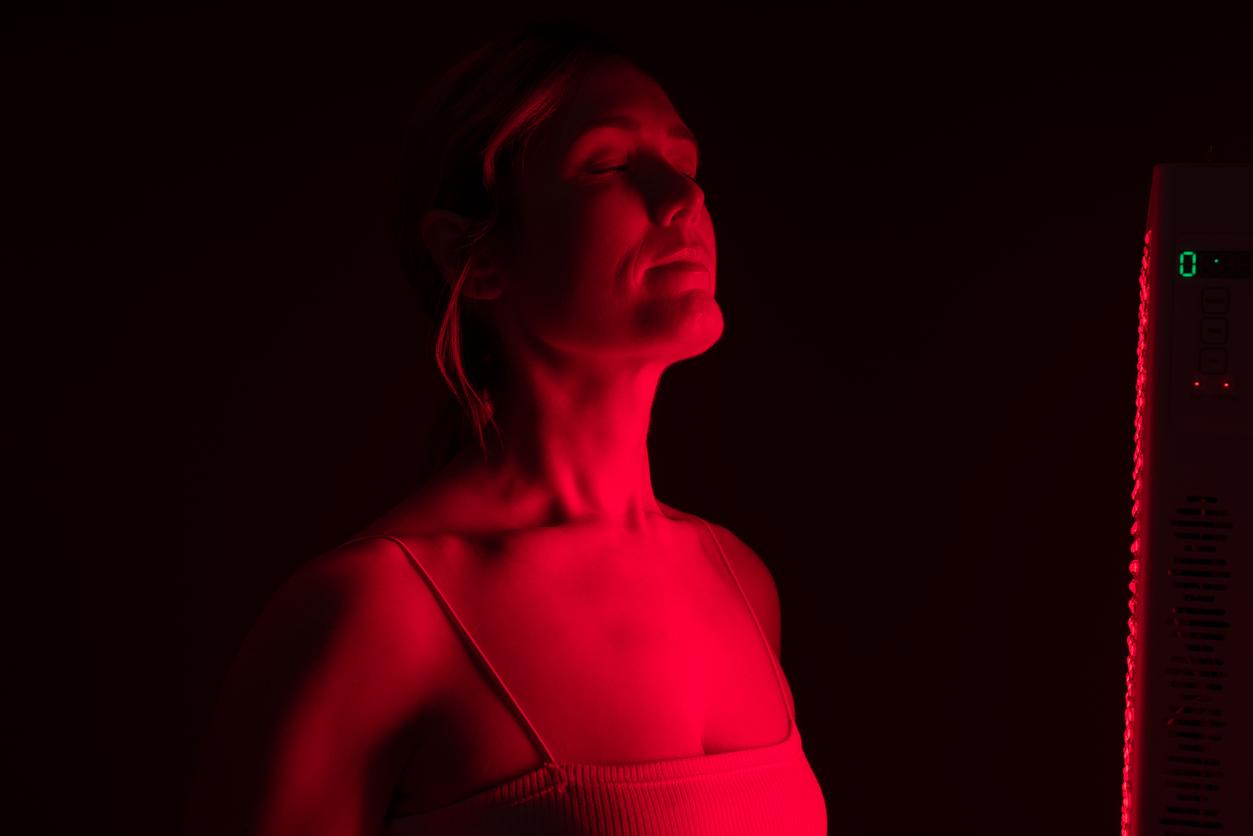In the event of low exposure to daylight and disorders linked to an altered biological clock, researchers from the Institute of Health and Medical Research (Inserm) think they have found a solution: the blue light. Low to moderate light work environments can shift the body clock, also known as the circadian rhythm, which allows our bodies to regulate our vital functions over a 24 hour period. The most important natural element that gives time is light. Inappropriate exposure has consequences for cognitive functions, sleep, alertness, memory and cardiovascular functions.
For the first time, scientists have studied the effect of different artificial lights under real conditions at the Concordia International Polar Science Station. “If the benefits of blue light on the biological clock have already been shown in the past, all the studies were carried out in situations that are difficult to reproduce in real conditions “, explains Claude Gronfier, main author of this work.
Good synchronization of the circadian system
The study, published by the journal Plos-One, took place over nine polar winter weeks. Station personnel were alternately exposed to standard white light or white light enriched with blue wavelengths, a kind of fluorescent light perceived as white by the visual system. During the “blue” weeks, the researchers observed an increase in sleep time, a better reactivity and greater motivation. No rhythm disturbance was noticed.
“In general, the study shows that an optimized light spectrum, enriched with short wavelengths (blue), can allow the good synchronization of the circadian system and the activation of non-visual functions, in situations extremes where sunlight is not available for long periods of time, ”summarizes Inserm. These results should quickly lead to practical applications, promise the scientists, in order to maintain the health, productivity and safety of personnel.










